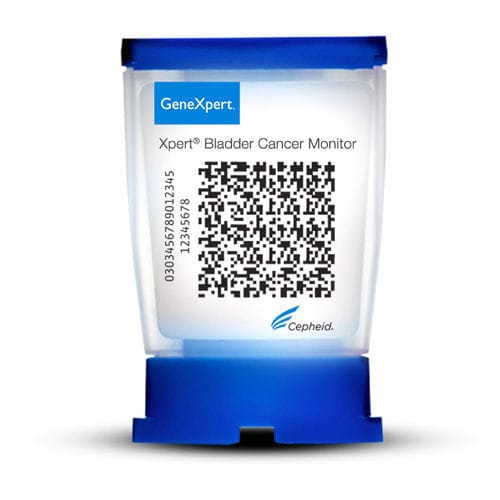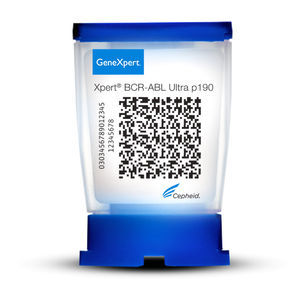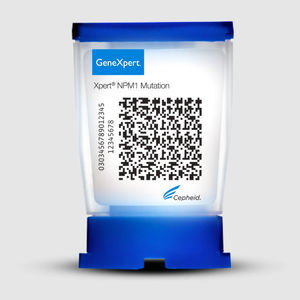
Rapid bladder cancer test Xpert®for researchoncologyfor tumor markers
Add to favorites
Compare this product
Characteristics
- Applications
- bladder cancer, for research
- Application field
- oncology
- Tested parameter
- for tumor markers
- Sample type
- urine, clinical
- Analysis mode
- molecular
- Result display time
90 min
Description
In Europe 415,000 people live with bladder cancer.1 The 5-year survival rates for patients diagnosed with non-muscle invasive bladder cancer (NMIBC) are very good (~93%). However patients with NMIBC have a high risk of tumour recurrence and progression.
Patients are assigned a risk score (low, medium, high)3 based on the European Organisation for Research & Treatment of Cancer (EORTC) scoring system to help determine their likelihood of recurrence and/or progression.
White light cystoscopy and urine cytology are still considered the best way of patient surveillance after NMIBC.
Limitations are associated with both methodologies
White light cystoscopy demonstrates a lack of sensitivity for flat lesions
Cystoscopies are unpleasant and may cause discomfort for patients5
Guideline compliance varies, with significant numbers of patients not receiving all of the follow-up examinations suggested
Cytology has low sensitivity for low and intermediate grade tumours
The Solution
It has been proven that there is a statistically significant survival advantage found among those who received at least half of the care recommended in local monitoring guidelines.6
Urine markers have the capacity to add value to cystoscopy by
Providing information to support clinical decision making in follow-up of patients with low-/intermediate-risk NMIBC8
Identifying situations in which the use of molecular markers in high grade tumours may prove beneficial for patient diagnosis and surveillance9
Improving compliance through a combination of invasive and non-invasive surveillance methods to ensure that guidelines are followed may help to improve bladder cancer care.
Catalogs
Related Searches
- Assay kit
- Blood assay kit
- Plasma assay kit
- Infectious disease detection kit
- Blood rapid diagnostic test
- Molecular test kit
- Respiratory infection test kit
- Rapid virus test
- Serum rapid diagnostic test
- Plasma rapid diagnostic test
- Clinical assay kit
- Infectious disease rapid diagnostic test
- Whole blood rapid diagnostic test
- COVID-19 assay kit
- Rapid respiratory infection test
- Urine rapid diagnostic test
- Laboratory software
- Windows software
- Reporting software
- Laboratory detection kit
*Prices are pre-tax. They exclude delivery charges and customs duties and do not include additional charges for installation or activation options. Prices are indicative only and may vary by country, with changes to the cost of raw materials and exchange rates.









